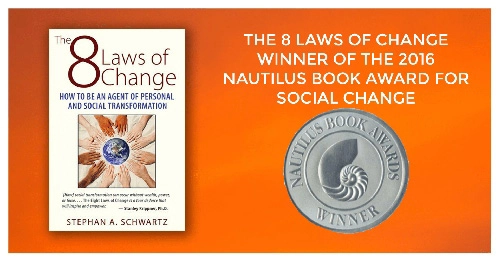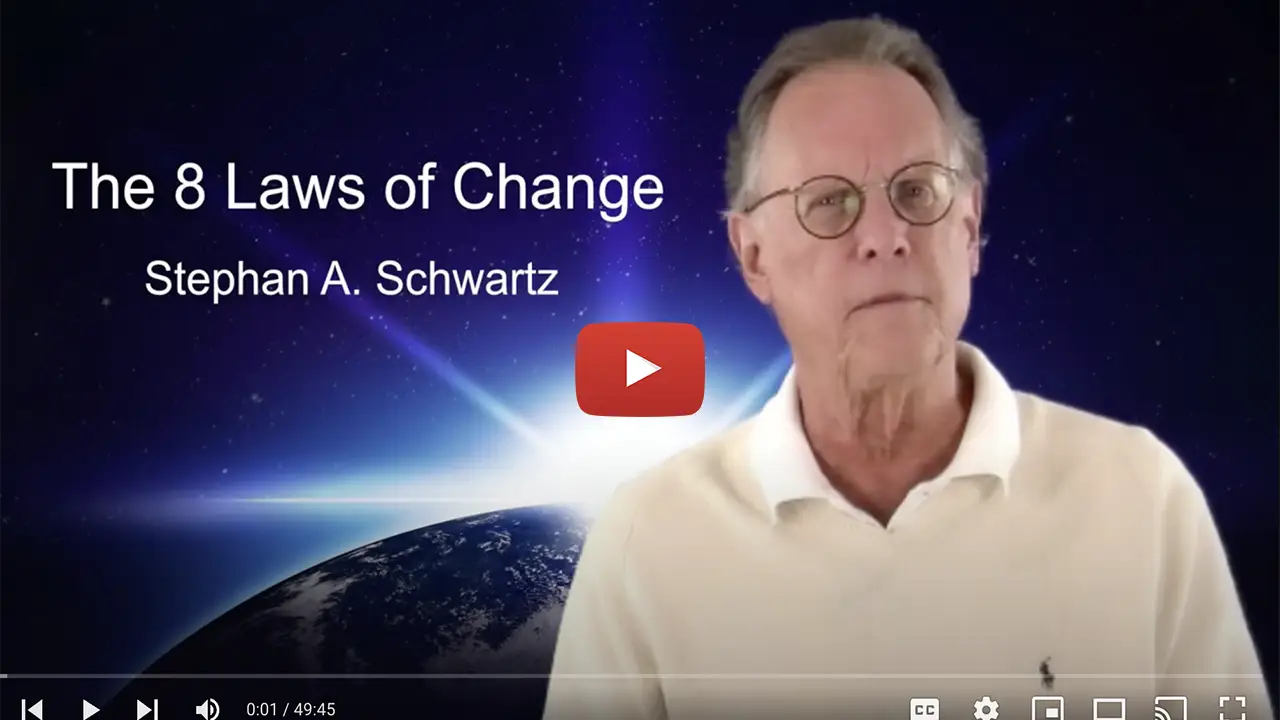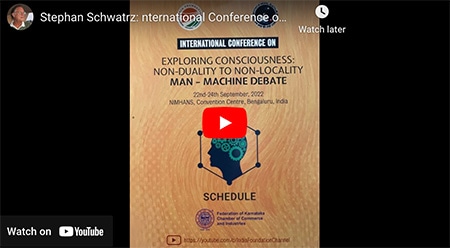Sunday, November 10th, 2013
AVIVA STAHL, - AlterNet (U.S.)
Stephan: The dark side of American culture is prospering in so many ways. Here is yet another report on the American Gulag and the New American Slavery trends. Maybe little by little people are beginning to wake up about this... or maybe not.
Click through to see all the links that document this story.
Even if we already know the statistic, hearing it is pretty chilling: one out of every 100 Americans is behind bars, by far the highest incarceration rate in the world. Things get even more terrifying when we look at the impact of the criminal justice system on particular marginalized communities. One in three African-American males born today will likely spend some time on the inside. With terms like the prison-industrial complex and the school-to-prison pipeline now part of our daily political lexicon, we know that things are bad.
But exactly how bad are they? Here are 10 reasons why our criminal justice system is even more obscene than you thought.
1. Margin of error? A mere technicality to death penalty advocates.
In case you were on the lookout for new and novel government loopholes, here’s one: the ‘margin of error
No Comments
Saturday, November 9th, 2013
Stephan: Once again: Water is destiny. This excellent report spells out just what we face.
Click through to see the charts and maps.
Some 1.2 billion people-almost one fifth of the world-live in areas of physical water scarcity, while another 1.6 billion face what can be called economic water shortage. The situation is only expected to worsen as population growth, climate change, investment and management shortfalls, and inefficient use of existing resources restrict the amount of water available to people. It is estimated that by 2025 fully 1.8 billion people will live in countries or regions with absolute water scarcity, with almost half of the world living in conditions of water stress.
Agriculture is the most water-intensive sector, currently accounting for more than 70 percent of consumptive use. Agricultural water withdrawal accounts for 44 percent of total water withdrawal among members of the Organisation for Economic Co-operation and Development (OECD), but this rises to more than 60 percent within the eight OECD countries that rely heavily on irrigated agriculture. In the four transitional economies of Brazil, Russia, India, and China, agriculture accounts for 74 percent of water withdrawals, but this ranges from 20 percent in the Russia to 87 percent in India.
While the growing world population is increasing the pressure on land and water resources, economic growth and individual wealth are shifting people from […]
No Comments
Saturday, November 9th, 2013
, - USDA Economic Research Service
Stephan: Click through and look at the geographical distribution of poverty in the U.S. You will see on the maps that persistent poverty exists overwhelmingly in Red value states. I think this is happening because the white minority has made their retaining power their first priority, easily trumping social wellness. These are also the most violent, and the most religious states. They are controlled by the Caucasian Theocratic Right. The failure of the Right's social policies is glaringly obvious by any social measure one chooses. Why is almost no one talking about this?
In 2012, 17.7 percent of the population, or about 8.5 million people, living in nonmetropolitan (nonmetro) areas were poor. This poverty rate is slightly higher than the 2011 poverty rate (17.0 percent). The metropolitan (metro) area poverty rate was 14.5 percent in 2012, not statistically different from 2011 (14.6 percent). As a result, the gap between nonmetro and metro poverty rates widened, from 2.4 percentage points in 2011 to 3.2 percentage points in 2012. See How Is Poverty Defined? for more information.
The higher incidence of nonmetro poverty relative to metro poverty has existed since the 1960s when poverty rates were first officially recorded. In the 1980s, average poverty rates were 4.5 percentage points higher in nonmetro areas than in metro areas; in the 1990s, the average difference was 2.6 percentage points; from 2000 to 2009, the average difference was 2.7 percentage points. The difference in 2010 (1.6 percentage points) was the smallest on record and was only the second time since 1959 that the nonmetro/metro poverty rate gap had fallen below 2 percentage points (it was 1.8 in 1994).
During the 1990s, the nonmetro poverty rate declined fairly steadily from a high of 17.2 percent in 1993 to […]
No Comments
Saturday, November 9th, 2013
Stephan: This is excellent news. The cost of solar is coming down like a skier on a slope.
If we took the same money we have willingly been spending on Iraq and Afghanistan, to no good purpose whatever, and put it to work converting the entire country off of carbon energy, we would create enormous prosperity. Unemployment would drop to 3-4%. Every energy conversion -- animals and wind to coal, coal to petroleum -- has created enormous wealth from the top down. We should be embracing this transformation not resisting it. And that's without even considering the effect on climate change. The struggle is not going to be technological, but how old forms die.
Thin-film solar market leader First Solar recently reported its largest quarterly decline in CdTe module costs per-watt since 2007, as part of its third quarter 2013 financial results report.
The notable decline represents a significant milestone in the company’s goal of becoming the lowest-cost PV manufacturer in the industry. First Solar attributes the achievement to the implementation of its manufacturing cost reduction program – a program which was detailed earlier in the year at the company’s ‘Analyst Day
No Comments
Saturday, November 9th, 2013
STEVEN ROSENFELD, - AlterNet (U.S.)
Stephan: This is the latest on the Prison Privatization trend showing how it is creating the New American Slavery. I find it amazing that this is going on, and nobody talks about it. Two years ago when I first really saw this trend, and wrote about it, I thought people would be outraged. (See: The New American Slavery. http://www.explorejournal.com/article/S1550-8307%2811%2900043-7/fulltext). They aren't however, and 2.4 million men and women are in prison. Change has been very hard.
The United States is the world’s foremost prison nation-with the highest percentage of people behind bars-and Louisiana is its capital, with the most senseless mix of lengthy sentences for non-violent crimes, skyrocketing prison costs, and little evidence that its ‘lock ’em up and forget ’em
No Comments









